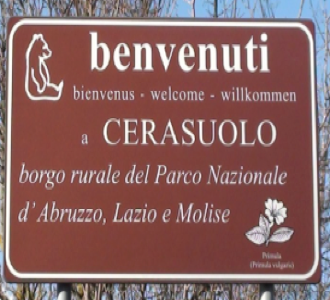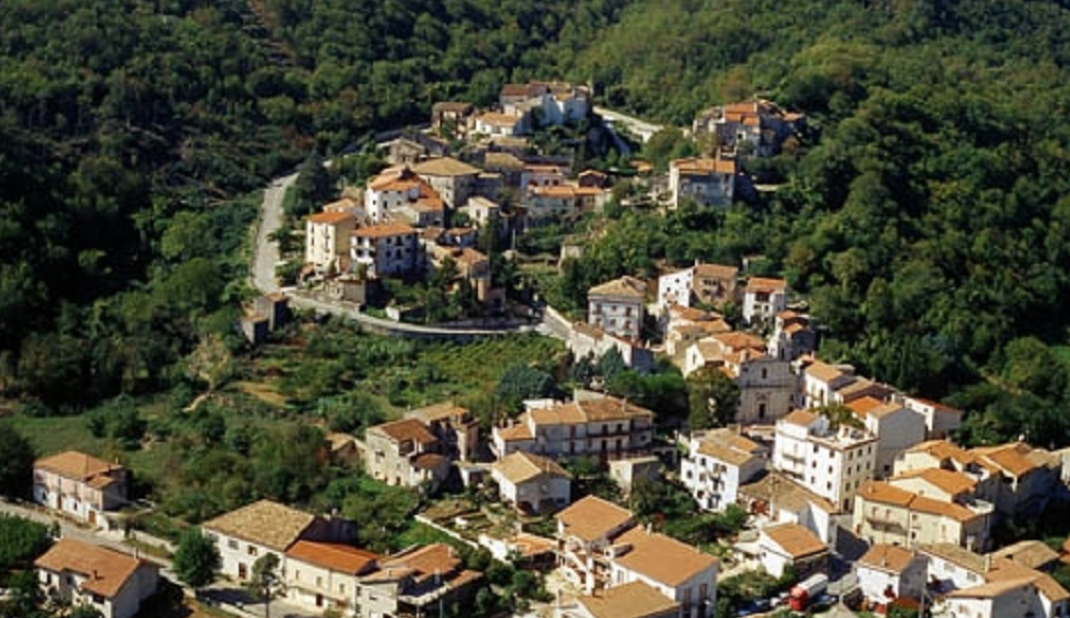
Pacitti Country Cerasuolo, Picinisco
Filignano, Villa Latina (Casale d'Agnone)
Alfonso Pacitti
Cerasuolo
Cerasuolo was first settled as a village of the Abbey of San Vincenzo in 962. It nestles in the hills, some 20 kilometres north east of Cassino.
Today's population is less than 100 (although this usually more than doubles during the summer months) and sits some 700m above sea level within the southern Apennines.
Picinisco
The area around Picinisco was given by the Longobard Duke of Benevento in 744 to Montecassino. It was later given to the Abbey of San Vincenzo di Volturno in 866. The local peasant farmers lived in isolated communities and had no need, yet, to seek the security offered higher up on more defensible slopes.
Filignano
Filignano’s origins go back to before the year 1000 AD. Its name can be found in an excerpt from the Volturnense Chronicle with the caption ‘Fundiliano’ which is undoubtedly its origin.
It was then transformed during the Middle Ages to ‘Fondemano’ thus arriving at its present name.
Villa Latina / Casale d'Agnone
Villa Latina lies in the Valle di Comina, overlooked by Picinisco some five kilometres distant. Until 1833, it was part of the town of Atina under the name Agnone. In 1862 it formed its own ‘comune’ and changed its name.




